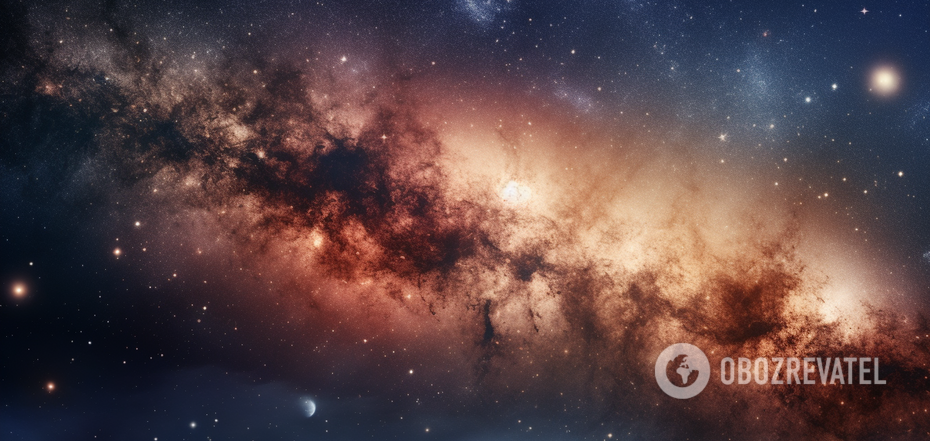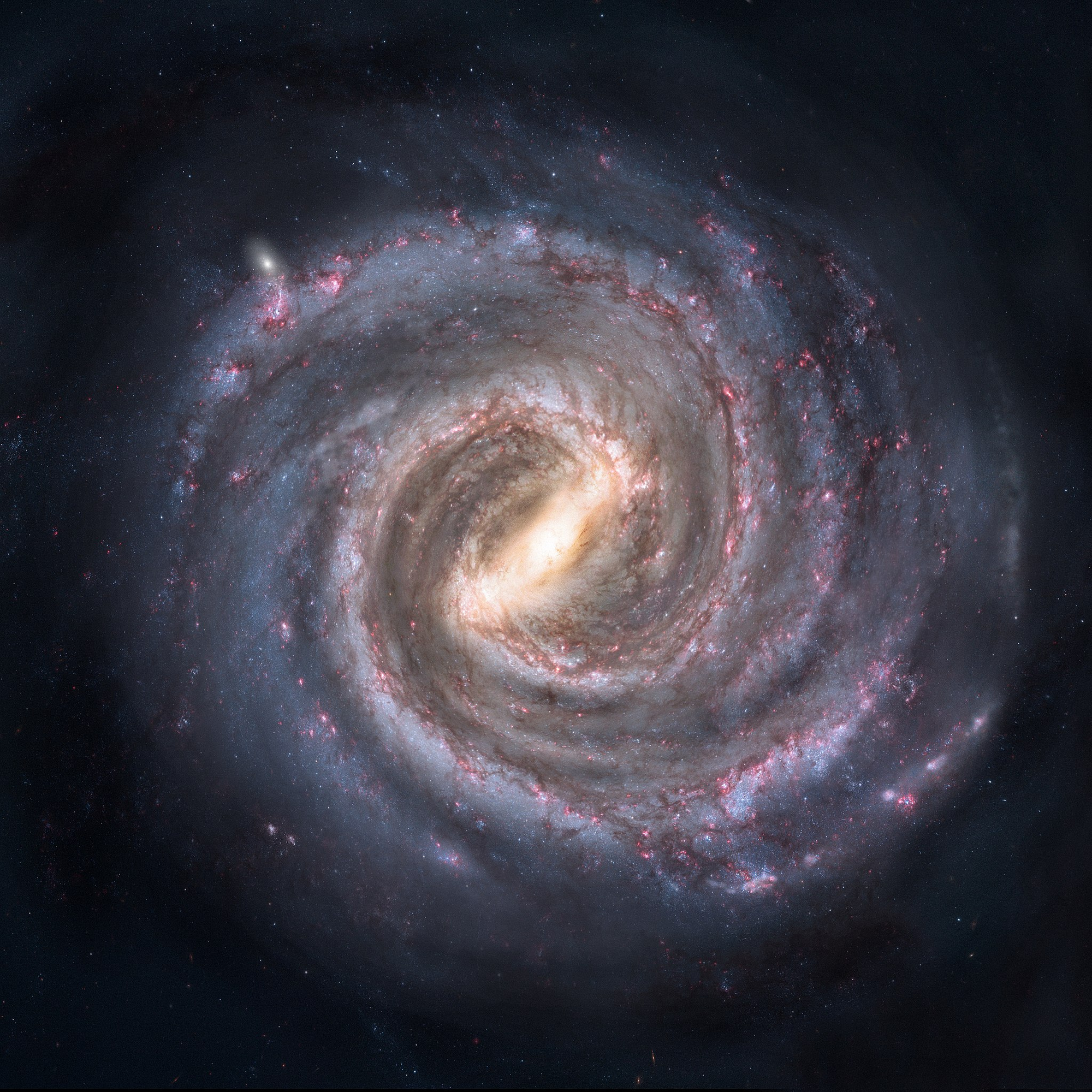Life
Is the Milky Way really a different shape? Scientists make breakthrough discovery
Fresh research by scientists indicates that some of our ideas about the Milky Way galaxy in which we live have been wrong all along. In particular, we seem to have misinterpreted its shape.
According to Space.com, the discovery, which could overturn all ideas about our cosmic home, was made when astronomers from the Purple Mountain-based Chinese Academy of Sciences and the National Astronomical Observatories analyzed several sources of astronomical data. Their goal was to better understand the true shape of our galaxy.
Thus, over the past few years, astronomers have clarified that galaxies probably come in three basic forms: elliptical, irregular and spiral. Most of the known galaxies falling into the latter category, according to the latest data, have two main "arms" that branch out into smaller ones.
The Milky Way is traditionally depicted as a galaxy with four large spiral arms branching off from a thick centralized cluster of stars. This makes it an extremely rare type of this cosmic object, which must have some very unique properties in order to possess the four main arms.
But now evidence has emerged that may suggest that such an image is wrong. A team of astronomers has published a new study that suggests we've been wrong about the shape of the Milky Way for decades. In fact, our galaxy has the typical two main arms, just like all other similar objects.
"Despite much work, the overall morphology of the Milky Way's spiral structure remains somewhat uncertain," the astronomers wrote in an article for the Astrophysical Journal describing their research and conclusions. And they added that over the past two decades, accurate distance measurements have helped answer many questions.
The researchers evaluated data from a new generation of space instruments that can better measure distances to individual stars. So they established how far away about 200 stars were and began to map the Milky Way. Then they added data from the European Space Agency's (ESA) Gaia Space Telescope, which accurately monitors the movement of stars and their positions relative to Earth.
The astronomers focused on hot and massive stars, which are called OB stars in the Gaia data. These are short-lived objects that exist by burning hydrogen and move little during their existence, making them convenient points for mapping. The scientists added data collected from 24,000 OB stars to the space map, as well as Gaia's observations of more than 1,000 scattered galaxy clusters.
The result suggested that the Milky Way is a spiral galaxy with a lintel, with only two main arms departing from this dense central lintel. "Using the precise location of very young objects, we suggest for the first time that our galaxy has a multi-beam morphology consisting of a two-beam symmetry," the scientists said in their findings. They suggested that the Norma and Perseus arms are probably two symmetrical arms in the inner Milky Way. Apparently, they stretch from the inner part of the galaxy to the outer parts, as well as branching out and connecting to the Centauri and Sagittarius arms, respectively.
And in the vicinity of the Milky Way, astronomers point out, are distant and scattered arms of irregular shape. They are not connected to the central part of the galaxy, where most of its stars cluster. They linked the appearance of spiral arm fragmentation to the likely collision of our galaxy with other similar objects or even galactic clusters in the distant past.
The group of astronomers concluded that the new model of the Milky Way's shape could provide an alternative basis for future studies of galactic structure. Now, they believe, further observations need to be made to get more detailed information. They named the Gaia telescope as one of the main instruments. It was launched in 2013 and is expected to operate until 2025.
Previously OBOZREVATEL told about the fragments of the very first stars of the universe, which managed to see the astronomers.
Subscribe to OBOZREVATEL channels in Telegram and Viber to keep up withthe latest developments.




























